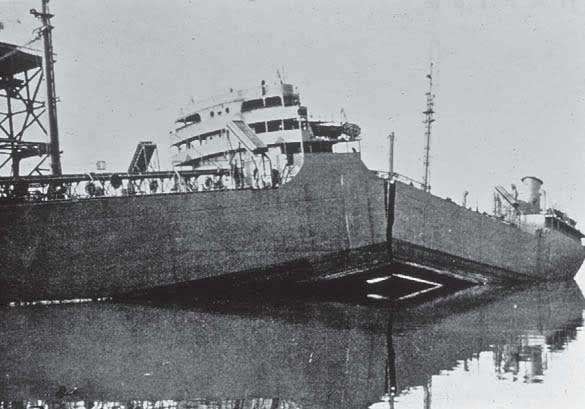Sooraj Sucheendran
Petroleum
Hi All,
This is a basic question but still needs an answer for a beginner like me.
Question is regarding Impact testing " TEST TEMPERATURE".
1) how do we decide at what temperature the test should be done for a particular base metal for PQR tests?
Is there any factor that will be considered from the filler metal property( weld metal)?
We have two types of temperatures available.
1. Service temperature/design temperature (MDMT) that we get from piping specification/ designer( or any other temperature data required for this?)
2. Minimum Temperature from ASME B31.3 Table A (sixth column) and Fig 323.2.2A showing curves which determine minimum temperature at which impact testing is not required.
For the time being other relaxation on temperature by stress ratio and other factors can be skipped.
Suppose by calculations we found out that impact testing is required since minimum design temperature falls below minimum temperature of Table A, then at which TEMPERATURE the specimens should be prepared for IMPACT TEST? is it at the same minimum design temperature or some other temperature?
Reply can be based on B31.3 or Sec VIII Div i.
This is a basic question but still needs an answer for a beginner like me.
Question is regarding Impact testing " TEST TEMPERATURE".
1) how do we decide at what temperature the test should be done for a particular base metal for PQR tests?
Is there any factor that will be considered from the filler metal property( weld metal)?
We have two types of temperatures available.
1. Service temperature/design temperature (MDMT) that we get from piping specification/ designer( or any other temperature data required for this?)
2. Minimum Temperature from ASME B31.3 Table A (sixth column) and Fig 323.2.2A showing curves which determine minimum temperature at which impact testing is not required.
For the time being other relaxation on temperature by stress ratio and other factors can be skipped.
Suppose by calculations we found out that impact testing is required since minimum design temperature falls below minimum temperature of Table A, then at which TEMPERATURE the specimens should be prepared for IMPACT TEST? is it at the same minimum design temperature or some other temperature?
Reply can be based on B31.3 or Sec VIII Div i.

